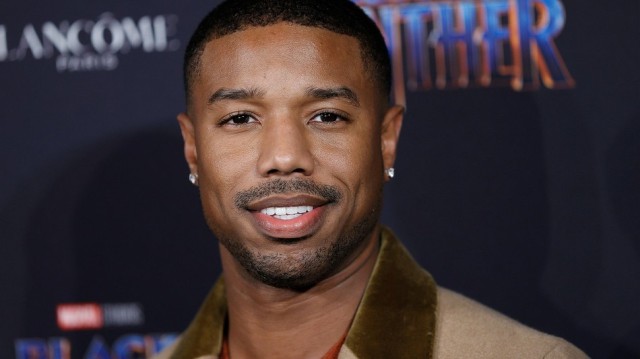
Michael B. Jordan (Mashable)
Many people only learned of the term “inclusion rider” when actress Frances McDormand mentioned it during her acceptance speech for the Best Actress Oscar at this year’s Oscars ceremony. Curiosity about the term was so high that Merriam-Webster later reported via Twitter that “inclusion” was the dictionary’s most-searched term during the Oscars ceremony. (“Rider” came in fourth.)
(For those who haven’t yet heard, an inclusion rider is a clause in an actor’s contact that states that the hiring for positions on set must be inclusive. This clause can also be called an equity rider. The rider was invented by Stacy L. Smith, professor at University of Southern California’s Annenberg School for Communication and Journalism along with lawyer Kalpana Kotagal. If you’re curious about what an inclusion rider looks like, here’s an inclusion rider template.)
Following the concept’s wave of exposure, others in Hollywood are making a commitment to inclusiveness in their projects official with the rider. “Black Panther” actor Michael B. Jordan announced that his production company Outlier Society Productions would adopt the inclusion rider for its projects. Jordan is the first major actor to adopt the rider following McDormand’s Oscars speech. Actors Ben Affleck and Matt Damon have also announced that their joint production company Pearl Street Films will also adopt an inclusion rider.
I certainly hope others take up this cause to the point that we no longer need inclusion riders.

